This is what 74 kg of food might look like:
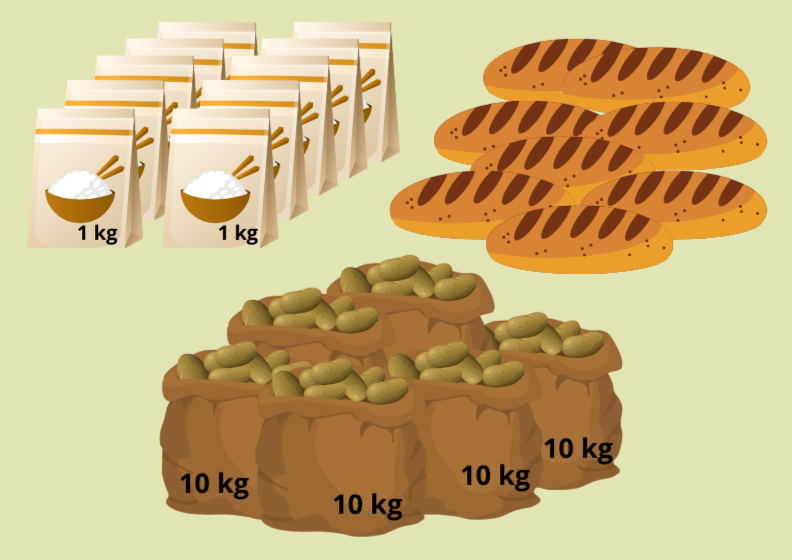
Can you believe that this is the amount of food an average person wastes per year? That’s really a lot, right?
Taking simple steps to reduce your food waste will have a positive impact on the environment.
Why Does This Matter?
Global food waste creates many problems:
Monetary loss
Wastage of resources and energy
Increase in greenhouse gas (GHG) emissions
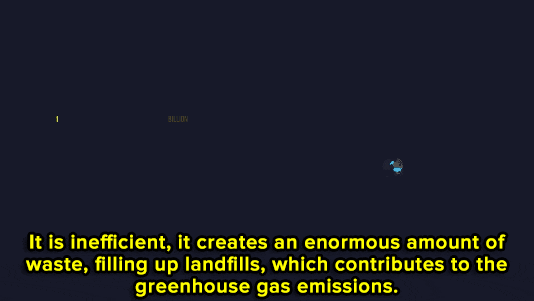
You can introduce 5 simple changes to your daily habits to reduce food waste.

1. Plan Ahead
Get ready before you head to the supermarket:
Have a bite to eat first. Shopping while hungry will make you buy more than you need.
Make a meal plan for the coming days.
Check your pantry to know what you already have.
Write down the missing ingredients.
Stick to the grocery list while shopping.
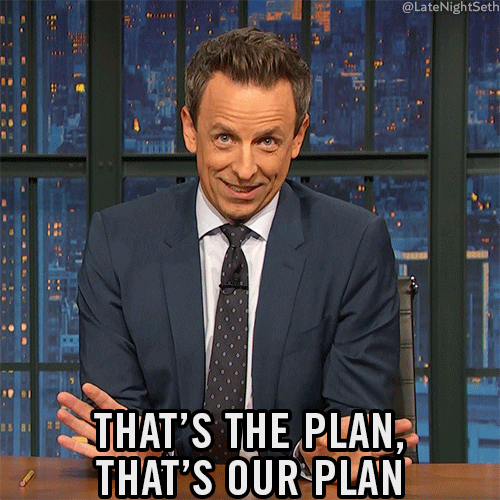
2. Organize Your Fridge
To get a good overview of what should be used first, make sure to put:
Products with the further use-by date in the back
Products with the soonest use-by date in the front
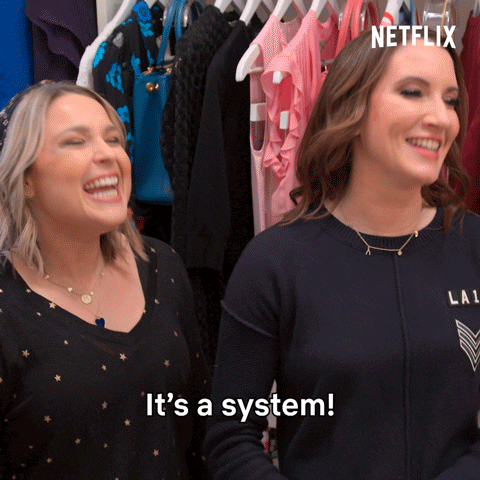
3. Befriend Your Freezer
You've made too much food and can't finish it? It happens to even the best planners!
Check if a product or dish can be frozen.
Freeze it either before its use-by date (for products) or on the day you made it (for dishes).
Put a label with the date on it.
Enjoy it later!
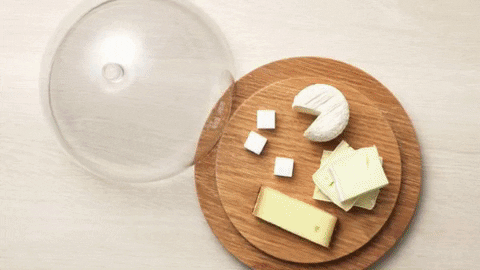
4. Find Creative Ways To Reduce Food Waste
💡Cook with food scraps!
With a pinch of creativity and a handful of spices, you can turn many food scraps like potato peels, broccoli stalks, or carrot leaves and tops into exciting dishes.
Get started by trying out some fun recipes using food scraps.

💡Compost your food scraps!
You can eithercompost at home or send it to your local waste management center for community composting.
To learn more about composting visit this website.
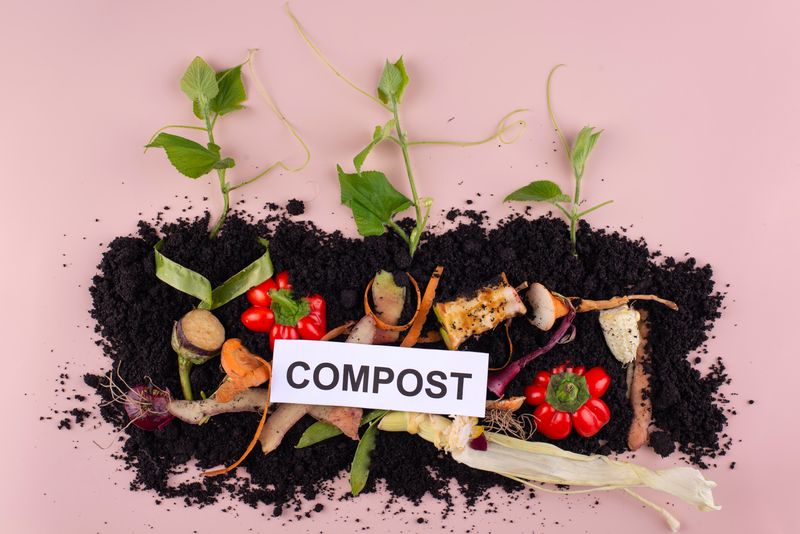
5. Know Your Dates
Products that you buy in a store have either a best before or a use-by date. They're not the same thing!
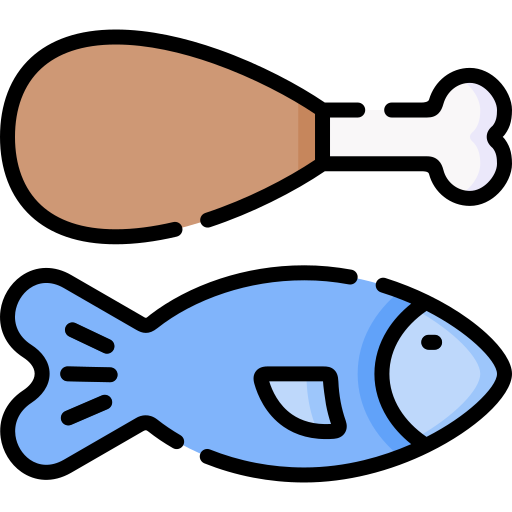
Use by date
The product is safe to eat up to this date.
After this date, you shouldn't eat it, even if it looks okay.
It's often used for meat, fish and dairy-based products.

Best before date
The product is still safe to eat past this date.
It might not be at its best quality.
You should use your senses to judge if it's okay to eat it.
⚡Time to test your knowledge!
It's the 12th of March 2023 and Anna is grabbing a pack of ground beef from the fridge to make dinner. On the label, it says: "Use by 10/03/2023". She opens it and it looks and smells perfectly fine.

Quiz
Should Anna go ahead and use the ground beef to make dinner?
Take Action
You can play a part in helping to reduce the global food waste problem.

Use this Byte to help make a difference today!
Your feedback matters to us.
This Byte helped me better understand the topic.

